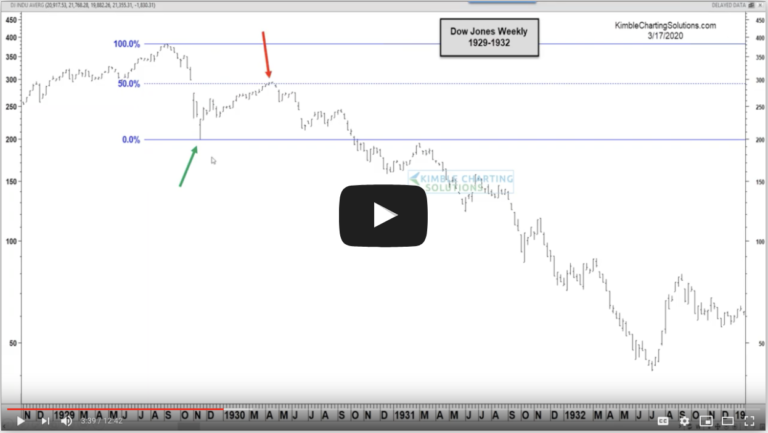Sometimes it can pay for investors to put their money in a “Shoe Box” (not have monies at risk). If investors had put their money in a shoe box in 1929 (prior to the Dow declining 90%), 3 years later they would have had a 900% gain in purchasing power! The equivalent of 100% gains in purchasing power would have been the result of putting cash in a shoe box during the broad market declines from 2000 to 2003 and 2007 to 2009! How can that be? Check the math (See table here)
Back in May I shared the chart below, reflecting that two credit based indicators were very close to giving a sell signal, suggesting to put monies into a “Shoe Box” (see post here). These indicators suggested to put monies into a Shoe Box/protect capital back in 2007 and they looked to be sending the same message again.
CLICK ON CHART TO ENLARGE
“Shoe Box” sell signals don’t happen very often….The “Shoe Box Indicator” is a great tool for investors that don’t care to make allocation shifts very often, such as 401k plans that have trading restrictions and a great tool for those wanting to have a macro feel of the equities market.
I put together the above chart to show that a small decline in these indicators would create the first “Shoe Box sell signal in 4 years! Not only was a Sell signal close at hand, the 500 index was up against its 23% Fibonacci resistance level, as it stood at 1,340.
Below is an update on the Shoe Box indicators…
CLICK ON CHART TO ENLARGE
Major wall street firms seem to discourage investors from protecting captial or attempting to have purchasing power increases. A nice purchasing power increase has taken place since Mid-May for anyone who stashed some hard earned monies into a shoe box.
Somewhere down these line, these sensitive indicators will suggest to take monies out of the shoe box and place them back at risk! One of them is close to sending a buy signal, the other has some work to do before doing so!





Risk management is important and having a non-emotional exit strategy is key.
Does your strategy include LIBOR?
Len…Thanks for this question, been ask many times in the past. I am considering doing this for investors around the globe, to help with their 401k plans, since most have somewhat limited choices and movement restrictions.
Thanks for your viewership Len and this humbling question,
Chris
Chris,
Have you ever thought of offering a subsciption service to your shoe box indicator…do you have further numbers other than current and 2008?
Will you publish the move back to trend?
What a great one! 🙂 Been in the closet with them for a couple of decades, what come out now?
So the only question remaining is … when will you come out of your (shoe)box with those indicators, Chris 😉
Greg… These two indicators are in house/Proprietary tools/systems I developed over the past 20+ years. They were ready to go on a sell Signal back in May when I first shared these on the free blog. I wanted to show viewers that the need to “protect capital” was very much at hand, especially since a bearish rising wedge was at hand and the 500 index was touching its 23% Fib retracement level.
This situation was a beautiful one for investor to not be greedy and pick the tomato when it was ripe on the vine!
I created these tools to help with macro portfolio allocations and for monies that investors can’t move very often. These tool got investors out before any of the 2008 decline and also got them back in back in the Spring of 2009. They don’t predict macro events, they just give us suggestions from the credit market when to lean heavier into risk or lean away from risk.
Thanks for this question,
Chris
Chris – your “Shoebox” indicator appears to be a great macro tool – thanks for sharing.
Have you done any modelling of results using these signals? I’d be really interested to see how they would compare with using a 200 DMA signal, etc.
Also, Chris is there any asset allocation information we can take from the indicator (other than cash allocation)?
Dave
Chris,
What two indicators are you plotting as the “shoe box indicators”? As always, thanks
Yogi…I need both of them to go back on buy signal to confirm a more positive up trend, same for a downtrend, just because one broke support, need both. Great question!
Chris
Hi Chris,
What happens if one of them give a buy signal and other doesn’t?
Should one only go back into the market once both of them are above trend lines and give buy signal?
Andrew…trendlines and moving averages on each.
What in these shoebox indicators would signal a buy? A rise back above the trend lines?